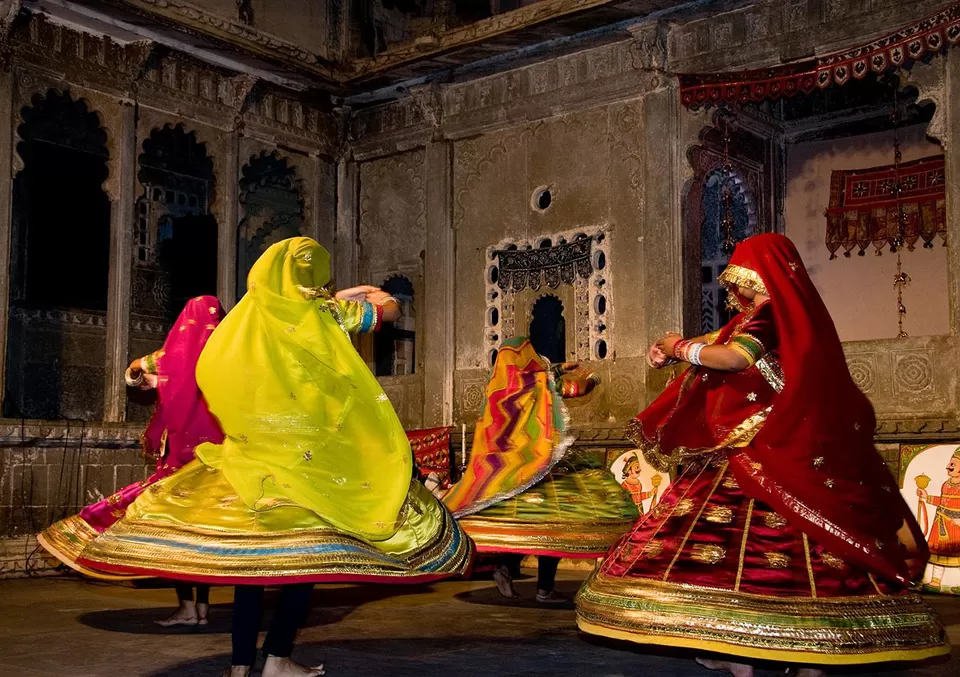Affordable Travel Packages and Tips for Rajasthan
Rajasthan is described as a land of kings and a dream




Welcome to Discovery Tours and Travels Jaipur, your gateway to the enchanting realm of Rajasthan! With over 15 years of expertise in crafting unforgettable journeys.



Make Your Own Tour
Call Us :+91-9829788881


2N Jaipur | 2N Ranthambore | 2N Udaipur
2N Jaipur | 2N Udaipur | 2N Jodhpur
2N Jaipur | 1N Chittorgarh | 1N Kumbhalgarh 1N Udaipur
2N Delhi | 1N Agra | 2N Jaipur

Capacity: 25 people
Seating plan: 20 fixed seats + 5 seater sofa at the back

Capacity: 27 people
Seating plan: 22 fixed seats + 5 seater sofa at the back

Capacity: 35 people
Seating plan: 30 fixed seats + 5 seater sofa at the back
We create unforgettable , customized Tour for your group.
Get QuoteAn 35 year-old tour company would likely have a wealth of experience in organizing and conducting tours
Our Best Price Guarantee means that you can be sure of booking at the best rate.
Our customer are standing by 24/7 to make your experience incredible.


Rajasthan is described as a land of kings and a dream
Rajasthan, the Country of Kings, is a marvelous country that represents
You may find it hard to extract adjectives from your vocabulary,
Rajasthan, known for its regal heritage, vibrant culture, and stunning landscapes,